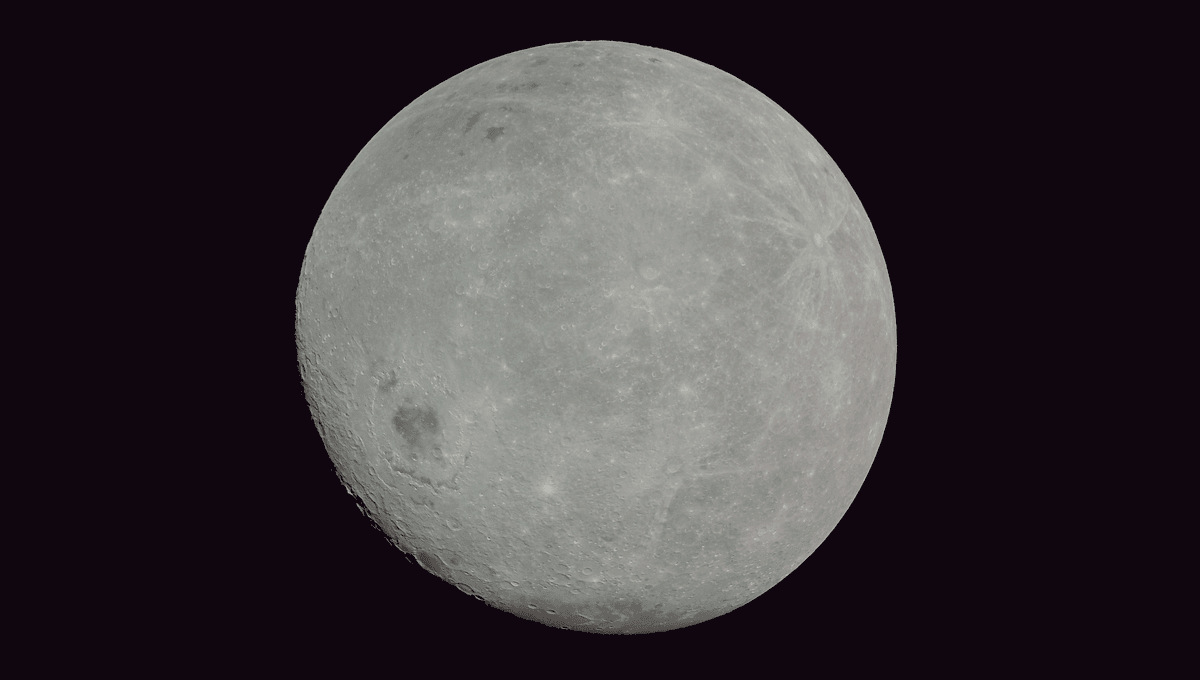
China has made history on the Moon once more. It successfully landed once again on the far side of the Moon, having been the only nation to have done that before. The new mission, Chang’e 6, is going for another first. It will collect rocks and soil, bringing them back to Earth. If it does so successfully, it will be the first sample collected from the far side.
The Moon is tidally locked to Earth. This means that it takes the same time to rotate on its axis as it takes to go around our planet, so we see only one face: the near side. But there is a whole other face that we have been able to study since space travel became a possibility – and still it was only with Chang’e 4 in 2019 that humanity landed there. And now we might get pieces of it back.
The Moon is not all the same everywhere, and samples have revealed some intriguing insights about the history and composition of our satellite. Chang’e 6 landed at 22:23 UTC on June 1 in the Apollo crater, which is 537 kilometers (334 miles) across. This already enormous crater is part of an even bigger site: the South Pole-Aitken Basin, an area of massive interest for understanding the Moon’s past.
The South Pole-Aitken Basin formed around 4 billion years ago when a colossal object slammed into the Moon. That object did not disappear, and researchers believe that it remains buried underneath this region. After all, there is a massive structure under it. But even more important is the fact that the collision threw a portion of the lunar mantle out into the open. If Chang’e 6 were to find mantle rocks and bring them back, it would be revolutionary.
The surface on the far side tends to be more rugged than the near side. Apollo is relatively flat, but Chang’e 6 had to be equipped with some impressive tech to guarantee success. Not an easy task, given how many crash-lands the Moon has seen in the last year alone.
“During the descent, an autonomous visual obstacle avoidance system was used to automatically detect obstacles, with a visible light camera selecting a comparatively safe landing area based on the brightness and darkness of the lunar surface,” a press release on the Chinese National Space Agency website said.
“The combination then hovered about 100 meters [328 feet] above the safe landing area and used a laser 3D scanner to detect obstacles on the lunar surface to select the final landing site before a slow vertical descent. As the combination approached the lunar surface, it shut down the engine and touched down via free fall, protected by a cushioning system.”
Chang’e 6 is equipped with a drill and a scooping device. It will collect about 2 kilograms (4.4 pounds) of sample from up to 2 meters (6.6 feet) below the surface. It is expected to fly off tomorrow, June 4, and all going well it will take 4.5 days to come back to Earth.
Source Link: China Is Back On The Far Side Of The Moon – Ready To Collect Its Haul